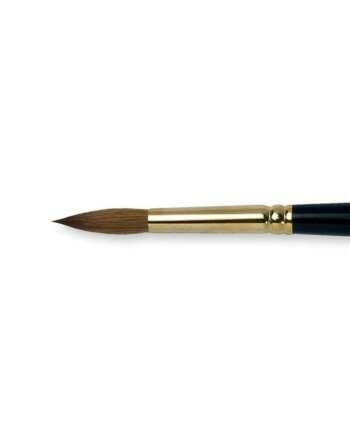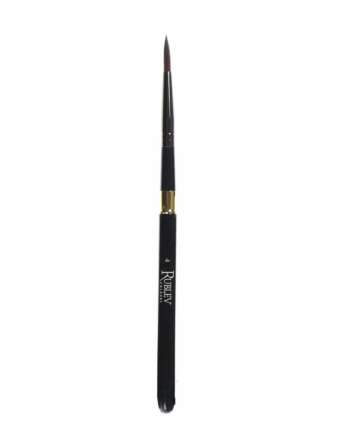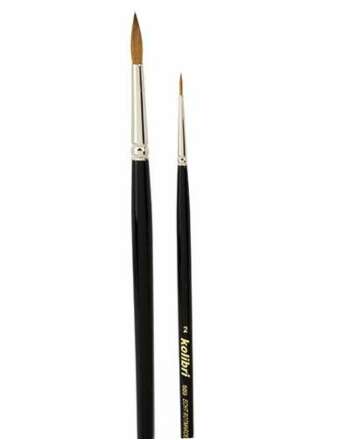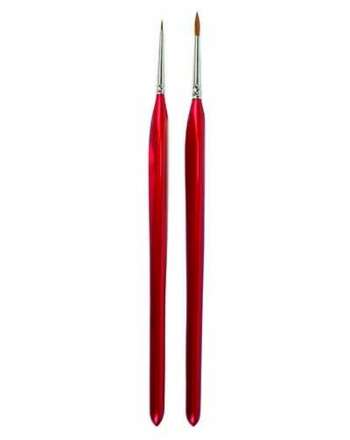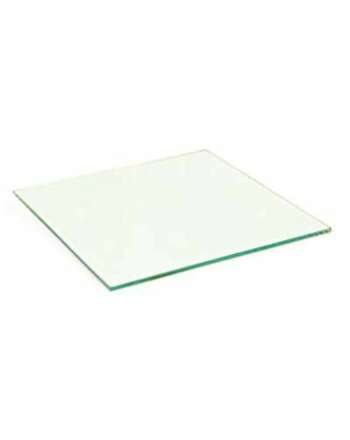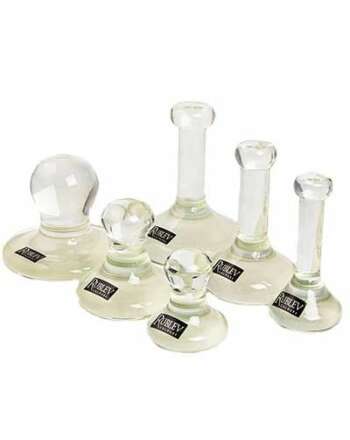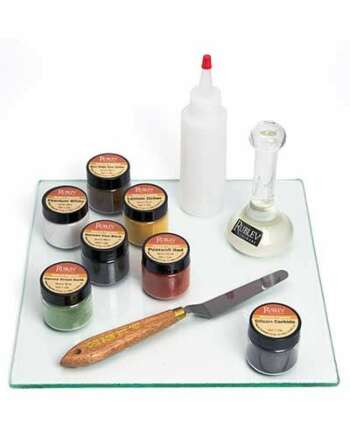Natural hair brushes are made from animal hair such as hog, sable, or squirrel. They are more expensive than synthetic brushes but hold more paint and have a softer touch. Synthetic brushes are made from synthetic fibers such as nylon or polyester. They are affordable and easy to care for but may not hold as much paint as natural hair brushes.
Buying Artists' Brushes: A Comprehensive Guide
Selecting the right artist brush can be a daunting task for beginners, as well as for experienced artists. With so many different types, shapes, and sizes available, it can be difficult to know where to start. In this article, we will discuss the different factors to consider when selecting an artist's brush, as well as how to determine the size and evaluate the quality of an artist's brush.
When determining the size of an artist's brush, it is important to consider the type of work you will be doing and the level of detail required. A smaller brush is better suited for detail work, while a larger brush is better suited for covering large areas.
Frequently Asked Questions
What is the difference between natural hair and synthetic hair brushes?
What is the best type of brush for oil painting?
The best brush for oil painting is made with natural hair, such as hog, sable, or squirrel. These brushes have a natural ability to hold paint and distribute it smoothly. They also have a softer touch, ideal for blending and creating fine details. While natural hair brushes are overall better for oil painting, synthetic hair brushes are improving all the time. They hold more paint, closely match the spring and snap of natural hair brushes, are usually less expensive, and are not animal products.
How do I properly clean and maintain my brushes?
To properly clean and maintain your brushes, you should clean them thoroughly after each use with mild soap and water. Then, reshape the bristles and lay the brush flat or hang it to dry. It is also recommended to occasionally use brush conditioner or oil to keep the bristles soft and supple. Avoid leaving the brushes in water for prolonged periods, as it could weaken or damage the bristles.
What is the difference between round, flat, filbert, and fan brushes?
Round brushes have a circular shape and are best suited for detail work and fine lines. Flat brushes have a rectangular shape and are best suited for creating broad strokes and covering large areas. Filbert brushes have a rounded edge on one side and a flat edge on the other; they are versatile and can be used for both detail work and broad strokes. Fan brushes have a fan-shaped tuft and are best suited for blending and creating soft edges.
Can I use the same brush for different mediums?
It is not recommended to use the same brush for different mediums, as different mediums may have different chemical compositions that can damage or deteriorate the brush. It is best to have a separate set of brushes for each medium you use, such as one set for oil painting and another for watercolor painting.
How do I know when it's time to replace my brushes?
It is time to replace your brushes when the bristles start to become frayed, bent out of shape, or fall out easily. Also, if the brushes become stiff, it's a sign that they are deteriorating and should be replaced.
How do I choose the right brush size?
The size of an artist's brush is determined by the width of the tuft. The width of the tuft is measured by the diameter of the ferrule, which is the metal band that holds the bristles in place. When determining the size of an artist's brush, it is important to consider the type of work you will be doing and the level of detail required. A smaller brush is better suited for detail work, while a larger brush is better suited for covering large areas.


